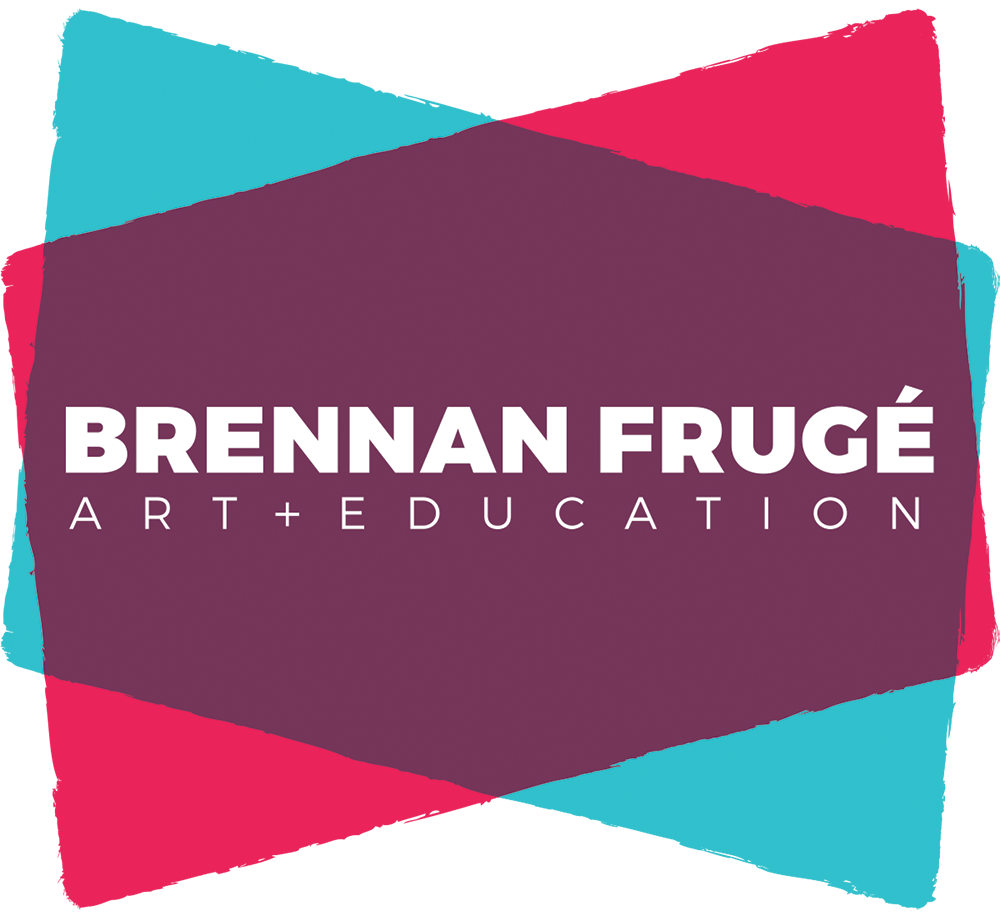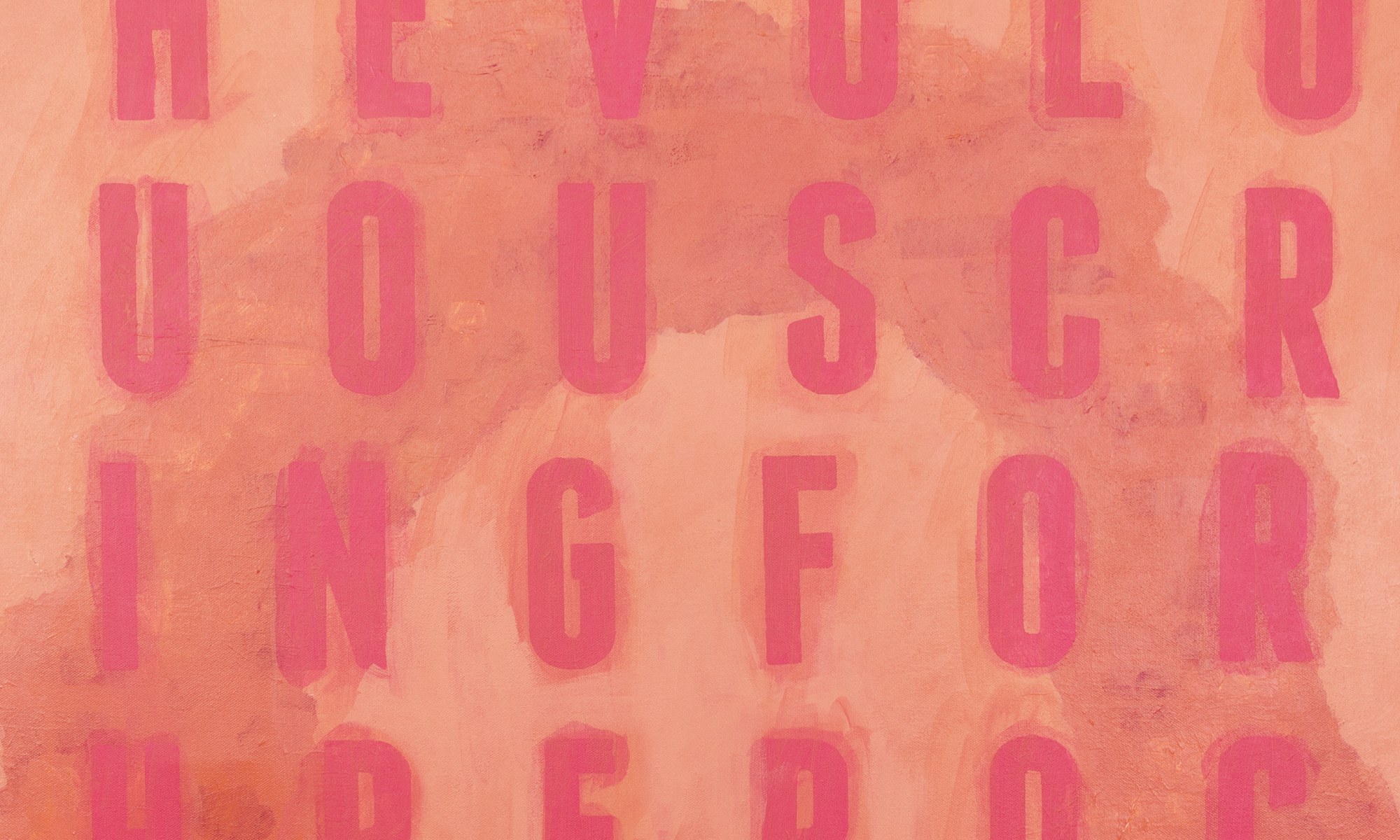All young children draw. They do it because they love it, and it does not even occur to them to question whether or not they are good at it. I agree very much with the quote commonly attributed to Pablo Picasso, “Every child is an artist. The problem is how to remain an artist once they grow up.” As an art teacher, I look forward to figuring out how to solve that problem. Also, when children are very young, they don’t worry about being wrong. However, as children get older, they grow to fear it more and more. The special and unique thing about making art is that there is no right or wrong answer. It is our job as art educators to help all students maximize their creative potential. Ken Robinson defines creativity as “the process of having original ideas that have value” and that “creativity is as important as literacy”, a sentiment with which I completely agree. Through art education children can learn to generate new ideas without the fear of being wrong. Interdisciplinary learning is also very important. People from different disciplines working together to solve a problem fosters creativity and innovation. When possible, art teachers should work with their peers to connect their art lessons to those in history, math, language arts, and science classes. We now live in a society increasingly in search of beauty and meaning, one that places greater value on artistry, authenticity, and inventiveness than they do on having the right knowledge-based skill sets. Those who wish to succeed in the future must develop a number of new aptitudes, including creativity, pattern recognition, storytelling, and empathy, to name a few. I believe art teachers are uniquely equipped to cultivate these aptitudes in our students.
My artwork has a certain graphical, illustrative quality to it – a holdover from a youthful obsession with comic books. I am also influenced by artists like Trenton Doyle Hancock, Billy Hassell, Ken Price, and Matt Wedel. I cherish the art that has influenced me, and I try to demonstrate the effects of that influence in my own work. I am intentional in my focus on color, shape, and form. I use bold colors in an effort to explore the associations between color and emotions. I am very interested in the symbolic use of color by different cultures, and I strive to make use of that symbolism when it is appropriate. I am fascinated by art as an expression of cultural heritage and love learning about the history of different cultures through their art. The majority of my work outside of an academic setting has been drawing and digital illustrations, but I also paint, create sculptures, and work with ceramics. I strive to achieve a certain level of proficiency in each medium that I work with, especially in illustration, sculpture, and ceramics. In this way, I am able to express my creative vision exactly the way I intended. I believe the skill used in creating the art should be evident in the finished piece, and I aspire to bring a little bit of beauty into the lives of those around me with my art. The purpose of my art is to elicit amusement and visual delight. The person viewing my art should be able to appreciate it without having to figure out what they are looking at and people viewing my art should be able to enjoy it even if they have no idea what the underlying concept is. Concept is important but not as important as how my art makes people feel. I welcome and encourage new interpretations of my artwork by those viewing it.

